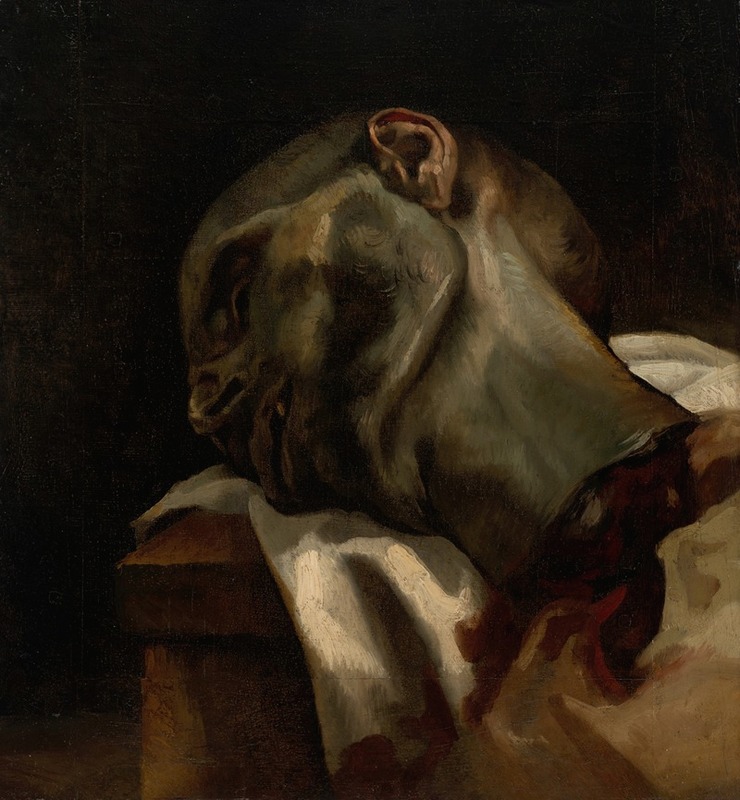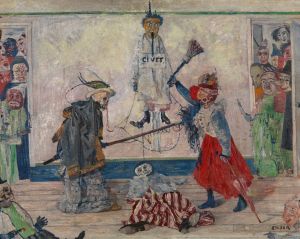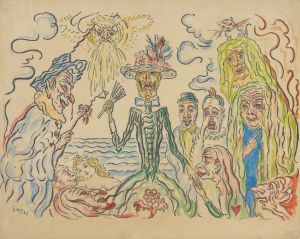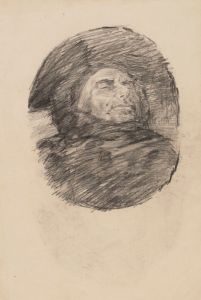
Head of a Guillotined Man
A hand-painted replica of Théodore Géricault’s masterpiece Head of a Guillotined Man, meticulously crafted by professional artists to capture the true essence of the original. Each piece is created with museum-quality canvas and rare mineral pigments, carefully painted by experienced artists with delicate brushstrokes and rich, layered colors to perfectly recreate the texture of the original artwork. Unlike machine-printed reproductions, this hand-painted version brings the painting to life, infused with the artist’s emotions and skill in every stroke. Whether for personal collection or home decoration, it instantly elevates the artistic atmosphere of any space.
"Head of a Guillotined Man" is a painting by the French artist Théodore Géricault, created around 1818-1819. Géricault is best known for his masterpiece "The Raft of the Medusa," but he also produced a series of works that explored themes of death, suffering, and the human condition. This particular painting is part of a series of studies Géricault made of severed heads and limbs, which he used to explore the physicality and emotional impact of death.
Théodore Géricault was born on September 26, 1791, in Rouen, France, and became a prominent figure in the Romantic movement. His works often depicted dramatic and emotive subjects, and he was known for his meticulous attention to detail and his ability to convey intense emotion through his art. "Head of a Guillotined Man" exemplifies these qualities, showcasing Géricault's skill in rendering the human form and his fascination with the macabre.
The painting itself is a striking and unsettling image. It depicts the severed head of a man w


















